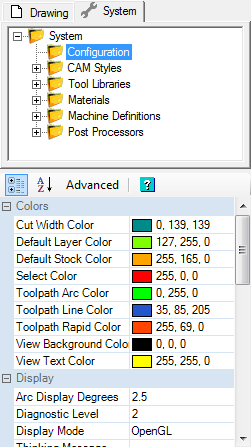

When using the full-page editor, you can still select, edit, and style text using the text-formatting toolbar (shown), and can also double-click on images, links, and other elements to set their properties using a pop-up dialog. The only difference is the design on the right includes the meta tag, so drag-and-drop is enabled, and the side panel is shown. The following image shows the same design in full-page-edit mode (left) and drag-and-drop mode (right). However, you can enable drag-and-drop functionality for any pasted-in design by adding the following meta tag to the section of your document: However, when you do this, the Designer tab will display as a single rich-text editor that provides a text-formatting toolbar, and shows all images, links, and styles included in your HTML, but doesn't otherwise provide the Toolbox, Properties, or Styles tabs, or any drag-and-drop functionality (this simplified Designer view is sometimes called the full-page editor). You can paste HTML developed in any third-party tool directly into the HTML tab of the designer to start building a design very quickly. Show the toolbox and enable drag-and-drop editing

The remaining sections of this topic provide more information about how to use each of the features summarized in the table. More information: Add property-reference attributes to implement style settings in the body Place this attribute in any HTML tag to place an attribute with a value controlled by a style setting, where is the name of the attribute to be created and is the value of the name attribute for the meta tag that established the setting. More information: Add CSS comments to implement style settings in the head Use CSS comments like these to surround a CSS value to be controlled by a style setting, where is the value of the name attribute for the meta tag that established the setting. More information: Add settings to the Styles tab This tag defines a document-wide style setting that users can edit using the Designer > Styles tab. More information: Identify design elements and Lock elements in Designer view Some design elements support additional attributes here. The value of the attribute identifies which type of element it is (text, image, button, and so on).

Marks the start and end of a design element. More information: Create a container where users can add design elements Marks the start and end of a container where users can drag and drop design elements. More information: Add new fonts to the text-element toolbar When this tag is present in the of your document, the fonts listed in the (semicolon-separated) will be added to the font menu in the formatting toolbar for text elements. More information: Show the toolbox and enable drag-and-drop editing If this tag is not present, the Designer tab provides the simplified, full-page editor. When this tag is present in the of your document, the Designer tab will provide drag-and-drop features.

The following table provides a quick reference to the custom attributes and meta tags described in this topic. You can also make use of these custom attributes when designing your own templates. The default message templates and page templates provided with Dynamics 365 Marketing make use of these custom attributes to make it easier for you to customize them in specific ways. The HTML that they generate is compatible with any HTML renderer, but they also support a few custom attributes that support the drag-and-drop design elements and general style settings provided by the graphical editor.
#CAMBAM HOW TO MOVE SYSTEM SETTINGS STYLES CODE#
The content designers provide both a graphical editor and an HTML code editor.


 0 kommentar(er)
0 kommentar(er)
